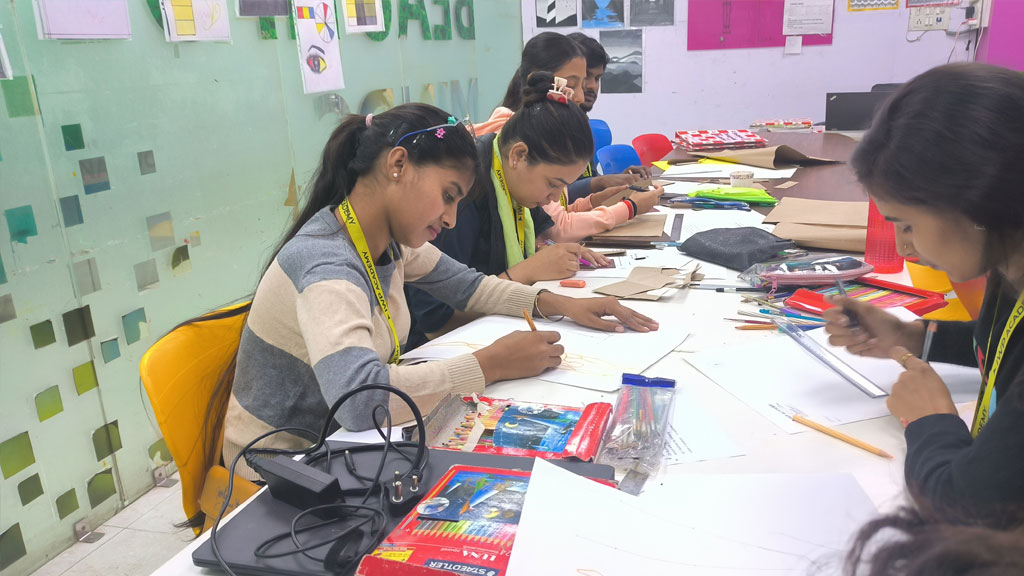Introduction:
Embarking on a journey into the world of fine arts is a voyage of self-discovery and creative expression. Whether you’re an aspiring painter, sculptor, or multimedia artist, a fine arts course serves as the canvas upon which your artistic potential can flourish. In this blog post, let’s delve into the enriching realm of fine arts courses, exploring the diverse avenues and skills waiting to be unlocked in this transformative educational experience.
- Foundations of Fine Arts: At the heart of any fine arts course lies a deep appreciation for the foundations of artistic expression. Students often begin by exploring the elements of art, such as line, shape, color, form, and texture, laying the groundwork for more advanced creative endeavors.
- Drawing Techniques: Drawing is the fundamental language of visual arts. Fine arts courses guide students through various drawing techniques, from pencil sketches to charcoal and ink drawings, honing their ability to capture and interpret the world around them.
- Painting Masterpieces: The world of color comes alive in painting classes, where students experiment with different painting mediums, styles, and techniques. From the classic strokes of oil paint to the vibrancy of watercolors, artists learn to express their unique voices on the canvas.
- Sculpting the Imagination: Sculpture is a three-dimensional form of artistic expression, and fine arts courses often provide hands-on experience in working with various materials like clay, metal, and wood. Students learn to sculpt intricate forms, bringing their imagination to life in tangible and tactile creations.
- Printmaking and Graphic Arts: Fine arts courses may explore the realms of printmaking and graphic arts, introducing students to techniques like etching, lithography, and silk-screen printing. These skills open up avenues for creating multiples of their artwork and experimenting with diverse visual styles.
- Mixed Media and Collage: The fusion of different materials and artistic elements is a hallmark of contemporary fine arts. Courses encourage experimentation with mixed media and collage, allowing artists to push boundaries and create layered, multidimensional pieces.
- Art History and Context: Understanding the historical and cultural context of art is crucial for any aspiring artist. Fine arts courses often include studies in art history, exposing students to the evolution of artistic movements and the diverse influences that shape the art world.
- Portfolio Development: As students progress through their fine arts course, they actively build a portfolio showcasing their best works. This compilation becomes a visual narrative of their artistic journey, a powerful tool for future exhibitions, applications, and professional opportunities.
- Critique and Artistic Development: Constructive critique is a vital aspect of artistic growth. Fine arts courses create an environment where students receive feedback on their work, fostering a culture of continuous improvement and encouraging artists to refine their unique style.
- Exhibitions and Networking: Fine arts courses often provide opportunities for students to exhibit their work, whether within the academic community or in external venues. These events not only showcase their talent but also serve as networking opportunities, connecting budding artists with fellow creatives and potential mentors.
Conclusion:
A fine arts course is not merely an academic pursuit; it’s a transformative journey that nurtures creativity, hones skills, and encourages a deep understanding of the artist within. Whether you’re drawn to the strokes of a paintbrush, the sculpting of form, or the fusion of multimedia, a fine arts course is your gateway to a world where imagination knows no bounds. Are you ready to embark on a journey of artistic discovery? The canvas awaits your masterpiece!

